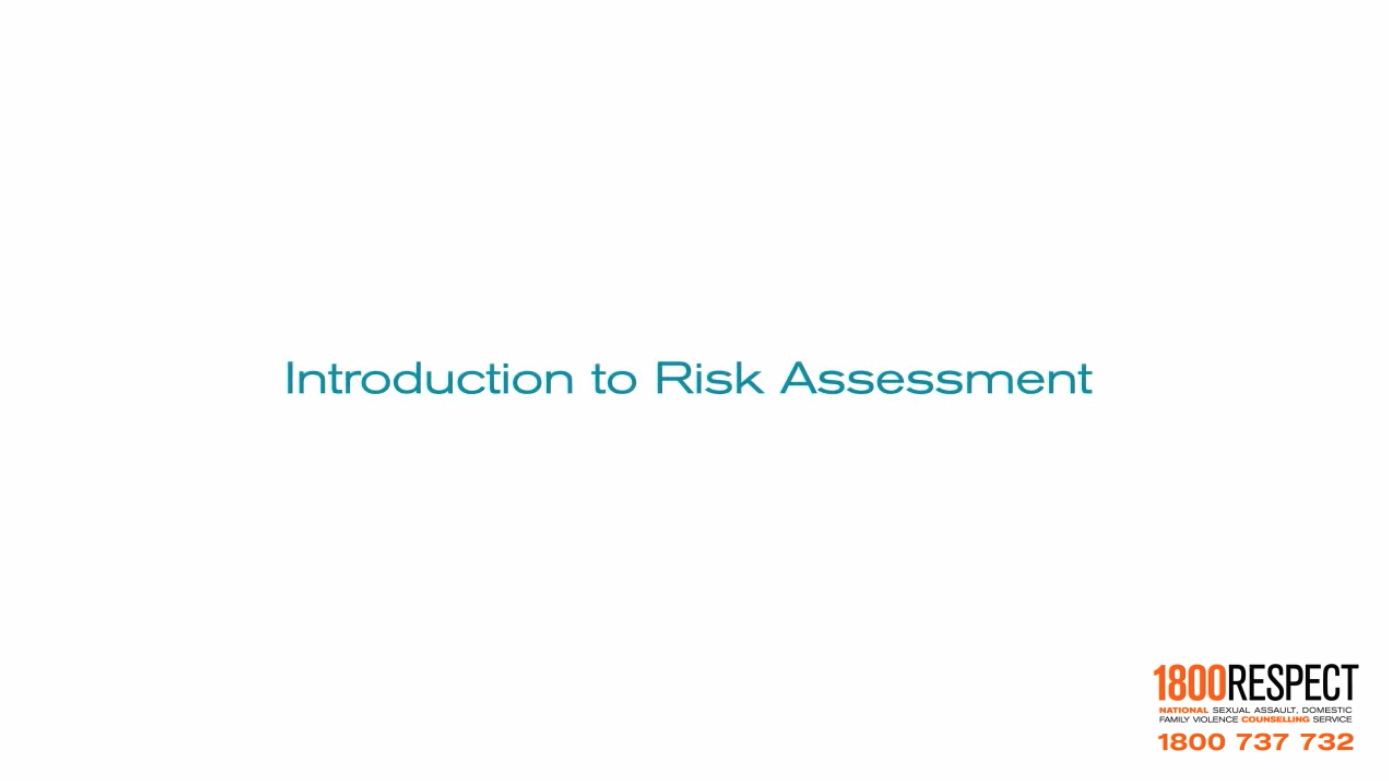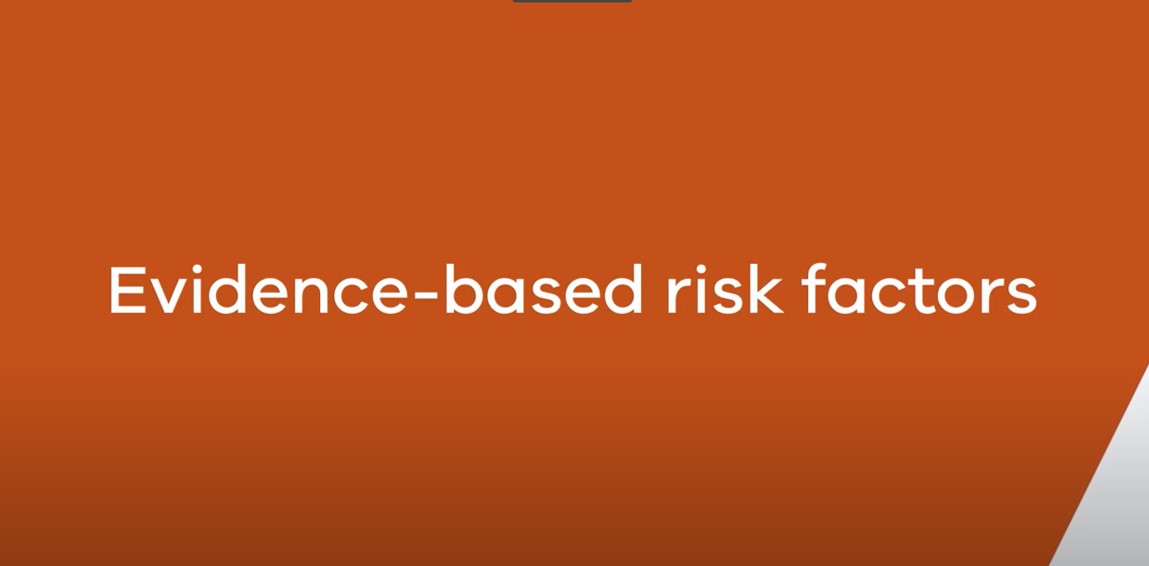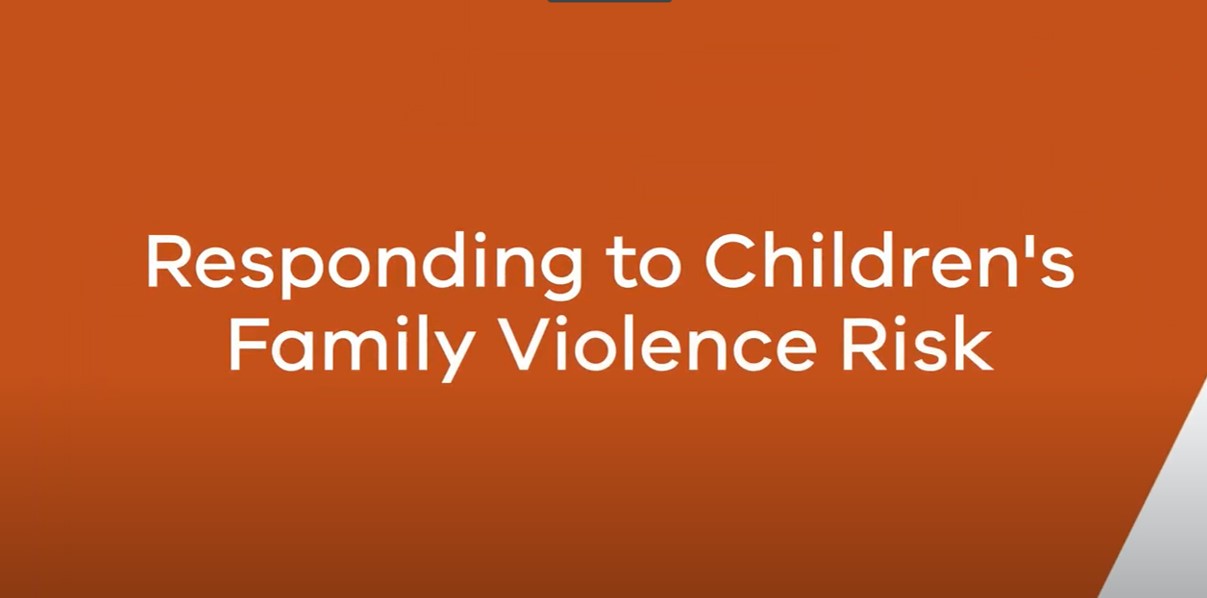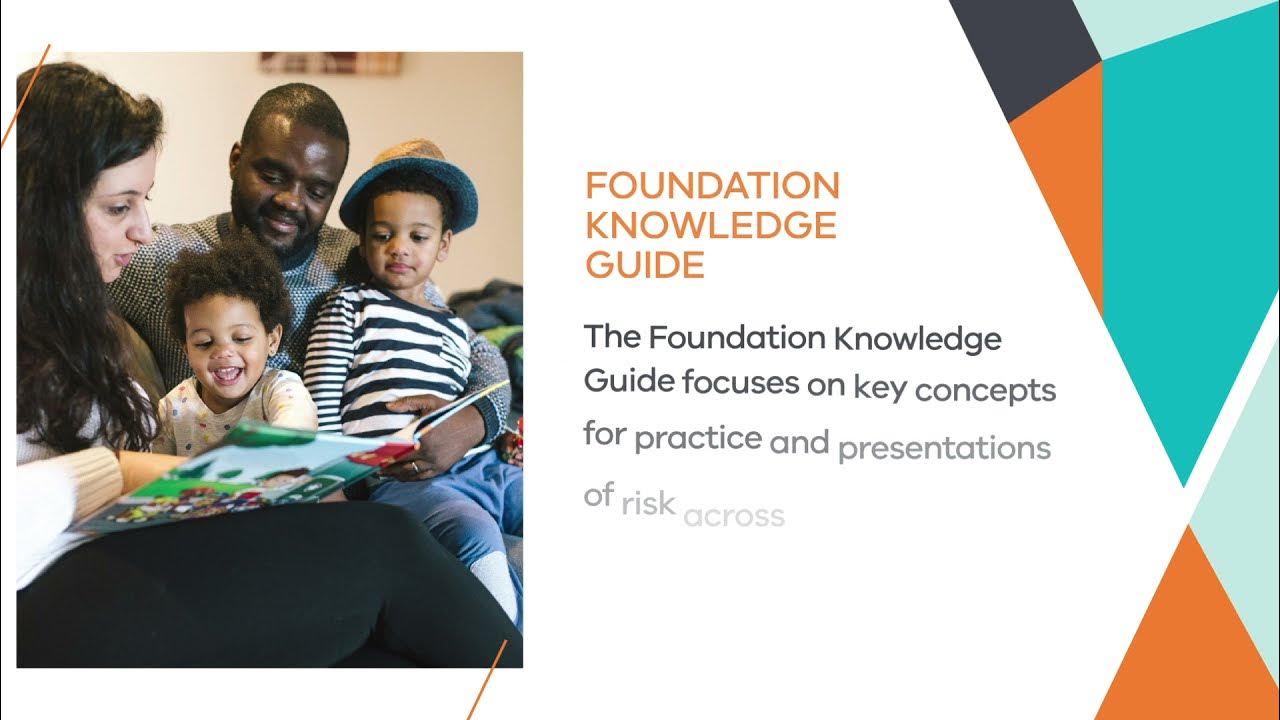What is Risk Management?
Risk management is a coordinated set of strategies and actions aimed at enhancing the safety of the victim survivor (adult, child or young person) and reducing or removing the likelihood that the perpetrator will commit further violence.
All risk management must involve safety planning. In addition to safety planning, other forms of risk management may also be required such as discussing options with victim survivors, connection to support and services, secondary consultation, and ongoing risk assessment.
Risk management activities for victim survivors may include responding to a range of risks and associated needs, such as…
- Responding to immediate risk
- Safety planning (including for children or young people)
- Talking to victim survivors about options and connection to relevant services
- Ongoing risk assessment and management (monitoring for change and/or escalation)
- Some risk management activities require engaging with other services for assessment and management activities, including information sharing.







